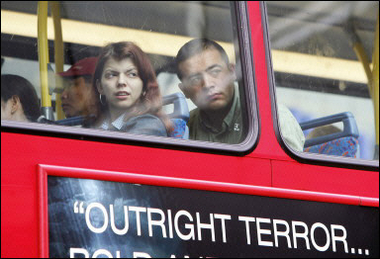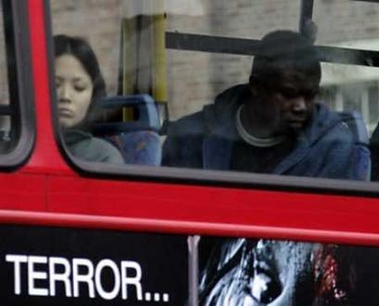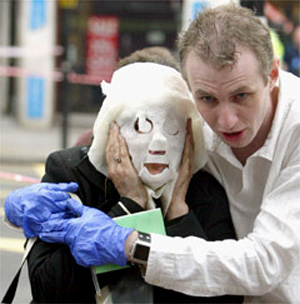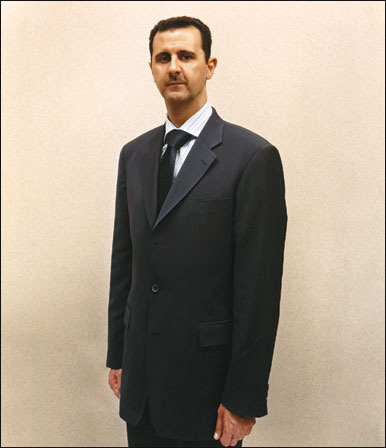Notes
More On London : Terror = Family


Is it getting to the point where terror is the one thing that brings people together?
The day after the London attacks, a whole menu of images were available to newspapers and other media capturing Londoners bravely returning to the bus. Initially, I felt both images — by playing off the billboard — exploited unsuspecting passengers and hyped fear that overwhelming terror was just beneath the nose.
To check my reaction though, I decided to send these images to one of the BAG’s knowledgeable field analysts, who I’ll call The Professor.
On first pass, my cohort was actually drawn to the difference between the images. In the first shot, for instance, he thought the faces of the riders challenged my theory. It also reminded him of differences between U.S. and British media.
He wrote:
Neither face expresses "outright terror." They could have the
watchful pose of the mildly anxious. Or it might be skepticism of the
media sensation taking place beyond the glass. The man in particular
seems to be leaning forward with an ease and defiance that suggest a
counter-narrative to the standard panic of the U.S. media.
Regarding the second shot, however, we were more in line. One reason he
saw it so differently from the first was because he thought the first
billboard could just have been part of a "public awareness campaign."
The second image is more disturbing in its implications. Because the
billboard is revealed to refer to a movie ad, the "terror" text is an
acknowledgment of fear, a desire to view it, maybe feel it. An
inability to fulfill that desire is written on the faces above
"terror." The ghastly wide open eyes in the ad mock the shuttered,
downward gazing eyes of the passengers with their ability to see what
those above cannot. Note also the clarity of the spectacular eyes of
the ad in contrast to the blur of the real subjects of terror.
(If you notice, the main subject of the second shot is not the riders
at all — who are slightly out of focus — but actually the "evil
eye.")
Ultimately though, the Professor felt that terror was something contemporary society lives to consume:
Terror is not something we unequivocally avoid, but something we
thrive on as modern people, or at least need to see. At the same time,
as the first image suggests, real bombs provoke a rational defiance of
the effects of terror (saying no to outright terror and its panicked
ways), while fictional terror urges us to grasp and embrace it (the ad
below has the effect where the "terror eye" sees what the human eyes
above can’t seem to register).Taken together, the images produce the follow comment for me:
Terror is part of a familiar and necessary cultural loop–a way,
whether the product of bombs or films, of forming an audience, a modern
public.
If this conclusion is true, I find it pretty disturbing.
One thing it does, however, is explain how the U.S. government
has used terrorism as a clever tool for creating community. From that
standpoint, Bush really is a uniter for his ability to rally (although, some might say "terrorize") the public in the name of a common (if mainly invisible) enemy.
Revised: 7/12/05 7:29am PST
image 1: AFP/Adrian Dennis. July 8, 2005 in YahooNews. image 2: Ruben Sprich/Reuters. July 8, 2005 in YahooNews.


Reactions
Comments Powered by Disqus